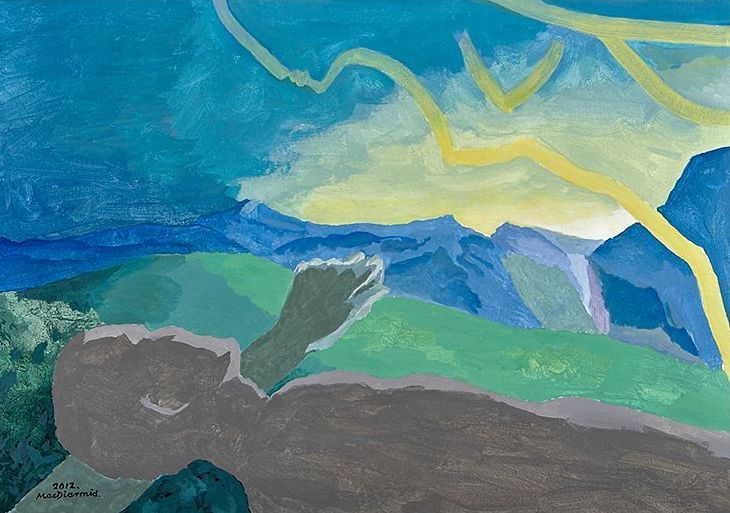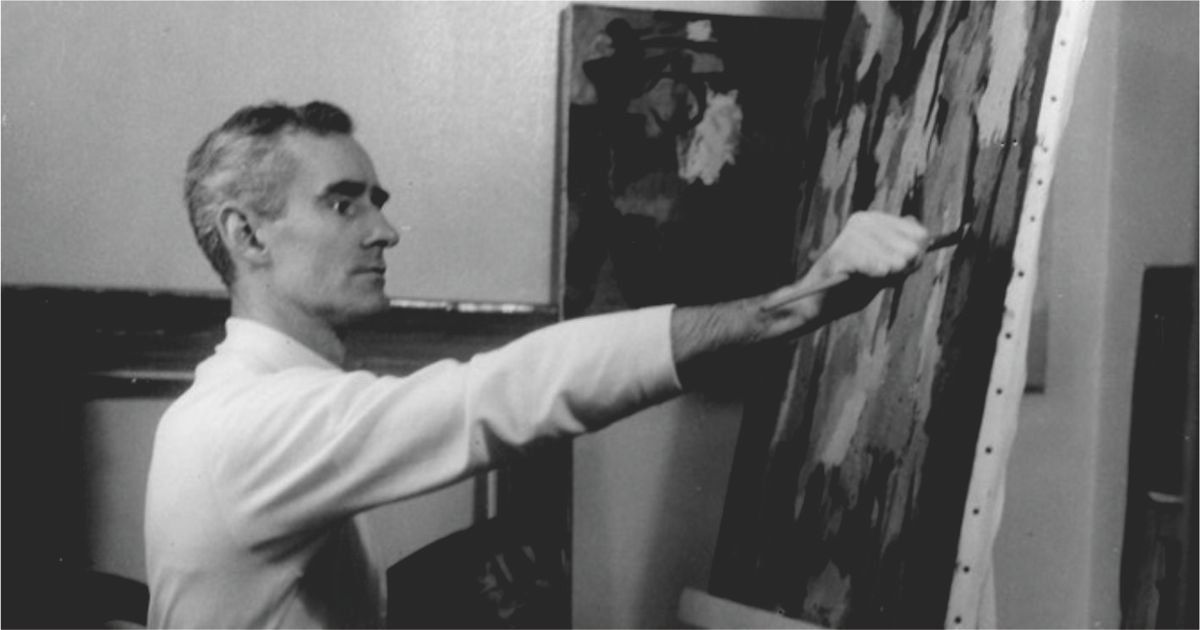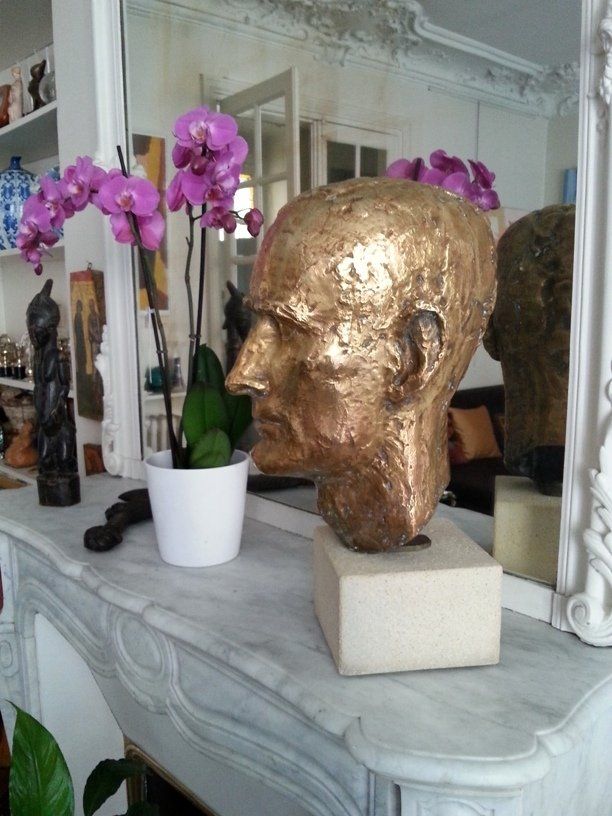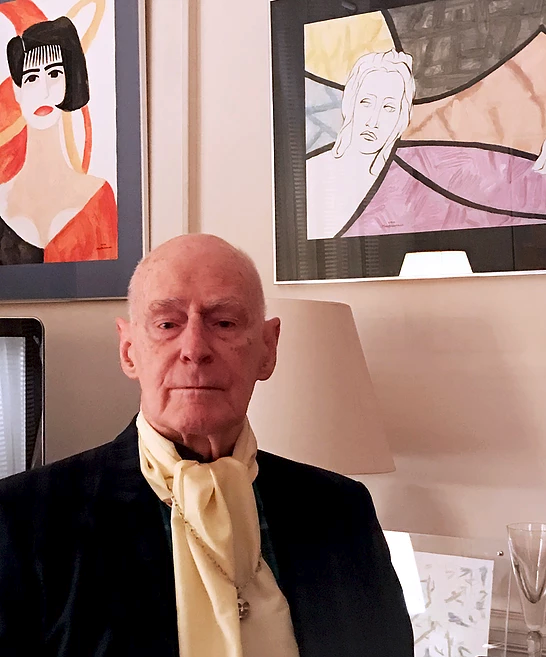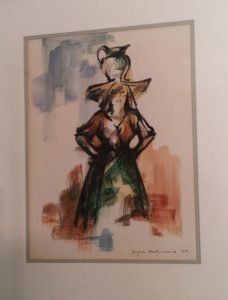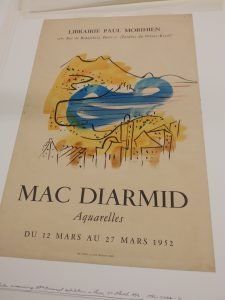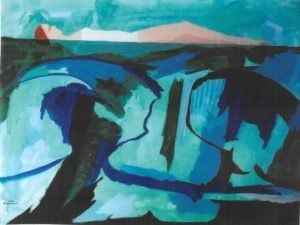Sometimes things are not always as they seem
At first glance, this painting by Douglas MacDiarmid appears to depict a woman and man, with some sense of separation or disconnect between them. In fact, the figures are Douglas with a coat draped over his head to shield him from the sun and his partner Patrick taking in the view over the medieval city of Arles, on the Rhône River in the south of France.
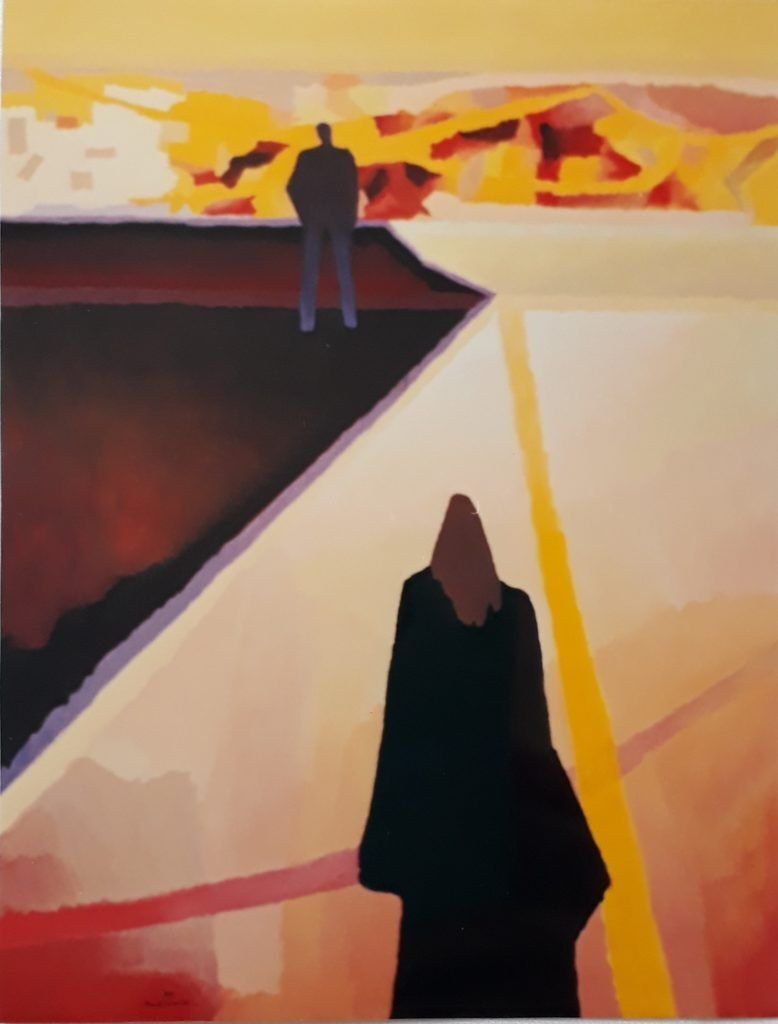
MacDiarmid immediately saw the possibilities in a colour photograph taken at that spot, and painted this scene as an exploration of light versus shade. Actually, there are more than two ways of looking at this canvas. Its companion Arles I is also known as Eurydice, from Greek legend. As Douglas recalls: “No sooner was the painting done (on the ramparts of Arles) than I was struck by the aptitude of the foreground figure to be seen as Eurydice.”
Eurydice was the wife of Orpheus, and she died of a snake bite while fleeing a shepherd who was besotted with her. Orpheus was so grief-stricken he went to the underworld to try to bring her back from the dead. Everyone was moved by the beauty of the lament he played on his lyre, even Hades, the god of the underworld. He told Orpheus his wife could come back to him, but only if he didn’t look back as she made her way from the underworld. Not hearing her footsteps behind him, Orpheus thought he had been tricked and turned around, unaware that Eurydice was a shade behind him that had to come back into the light to become a live woman again. Immediately her shadow was whisked back to the dead forever.
Hear more about this painting:
To read more about Douglas MacDiarmid’s fascinating journey through life Buy your copy of Colours of a Life – the life and times of Douglas MacDiarmid by Anna Cahill (2018)

